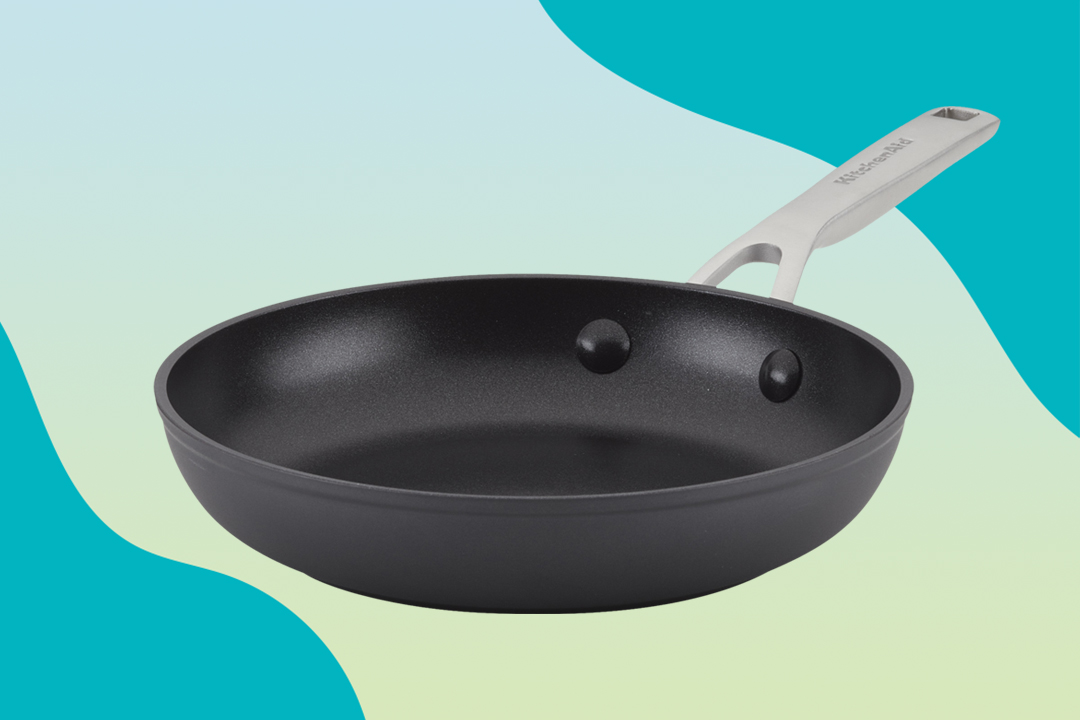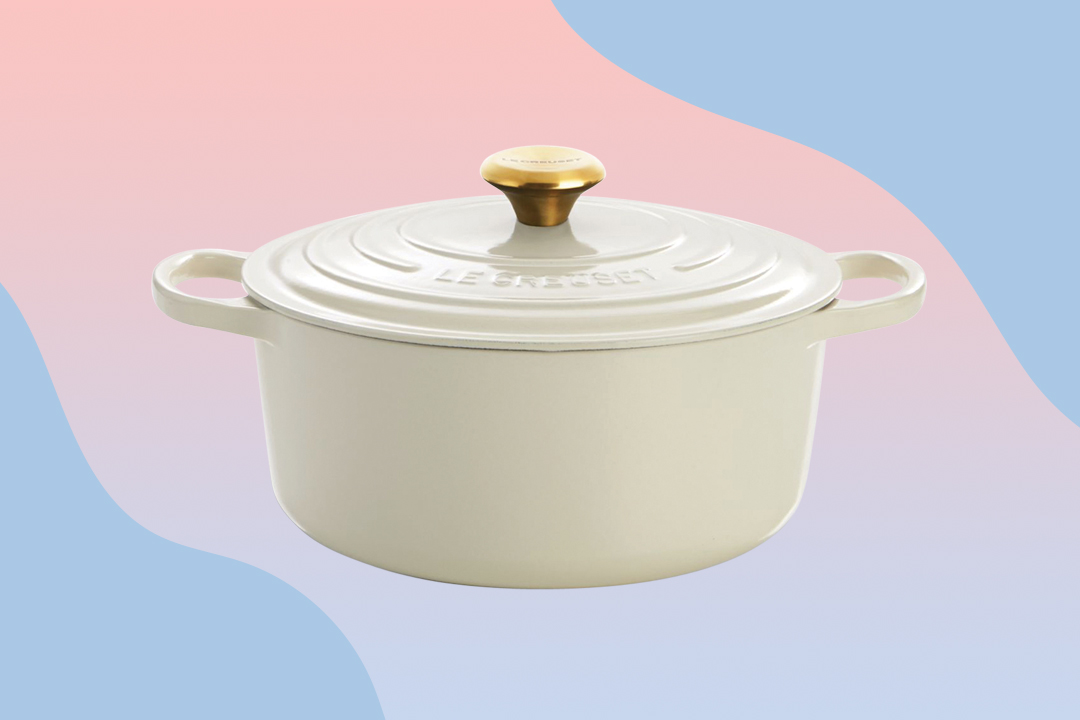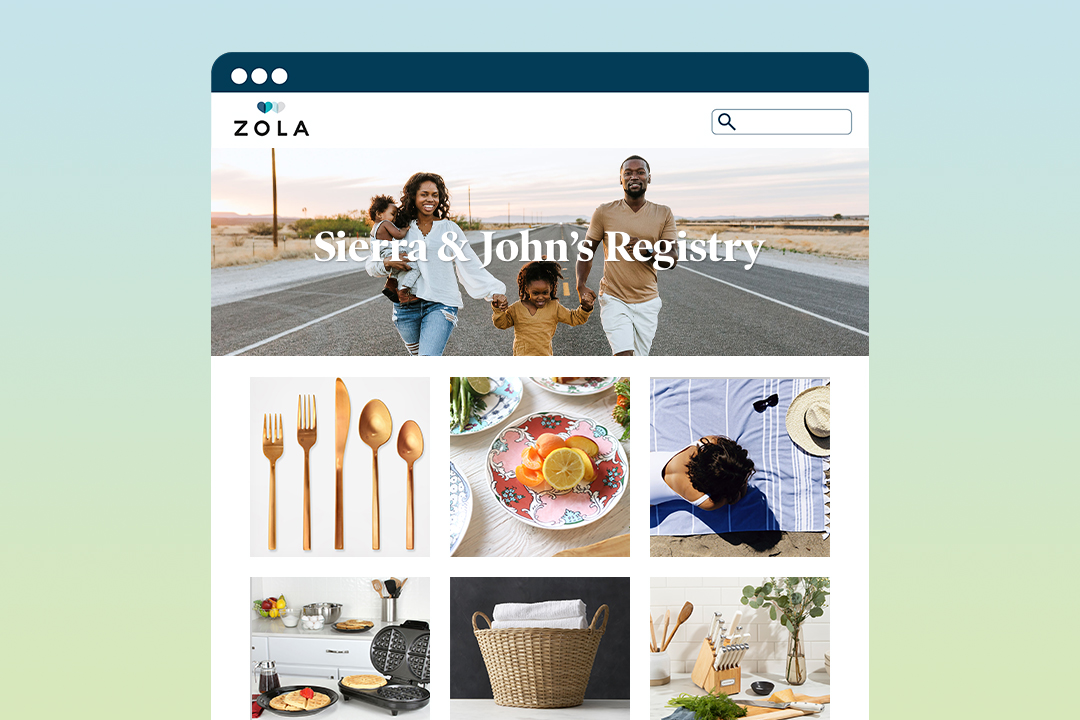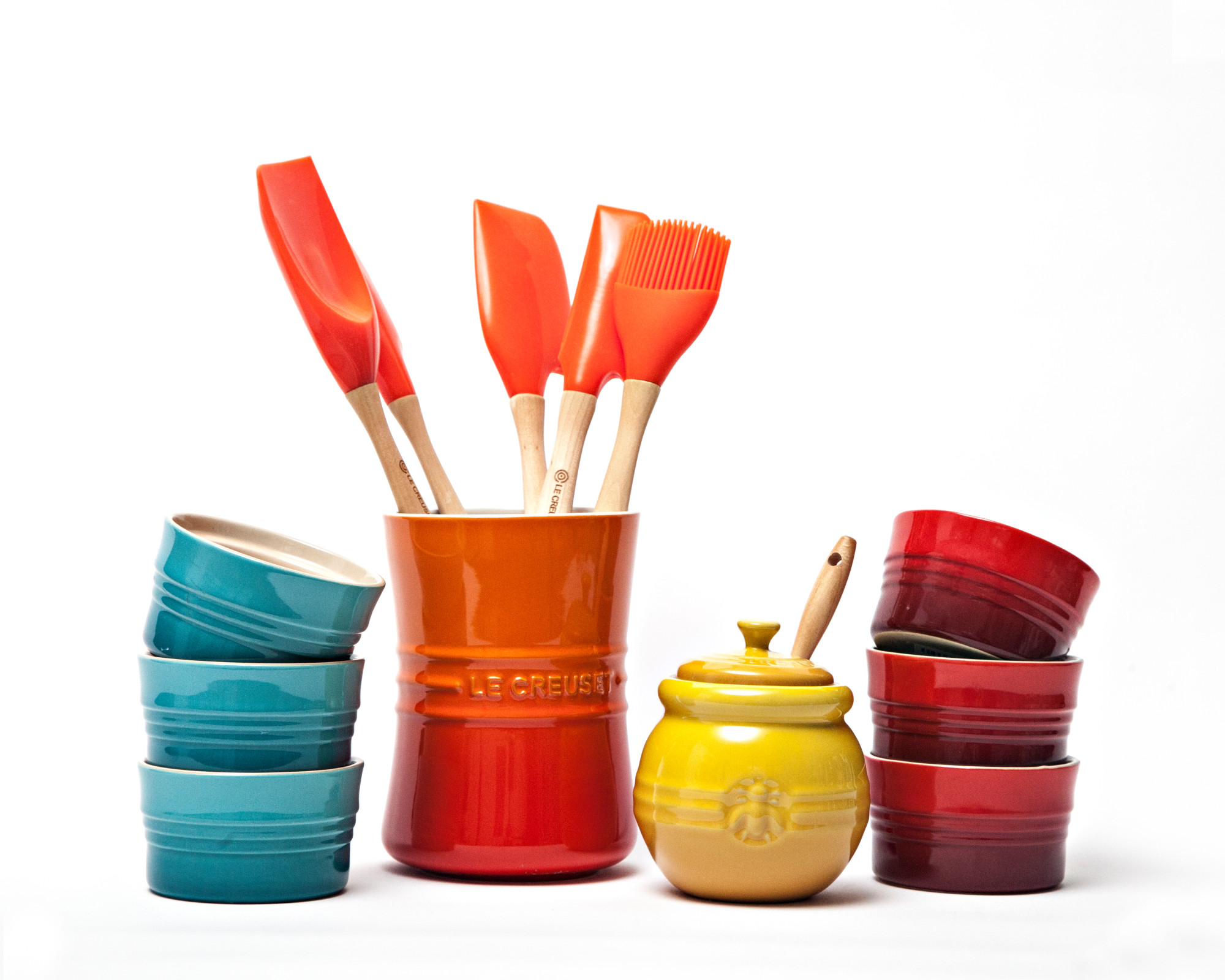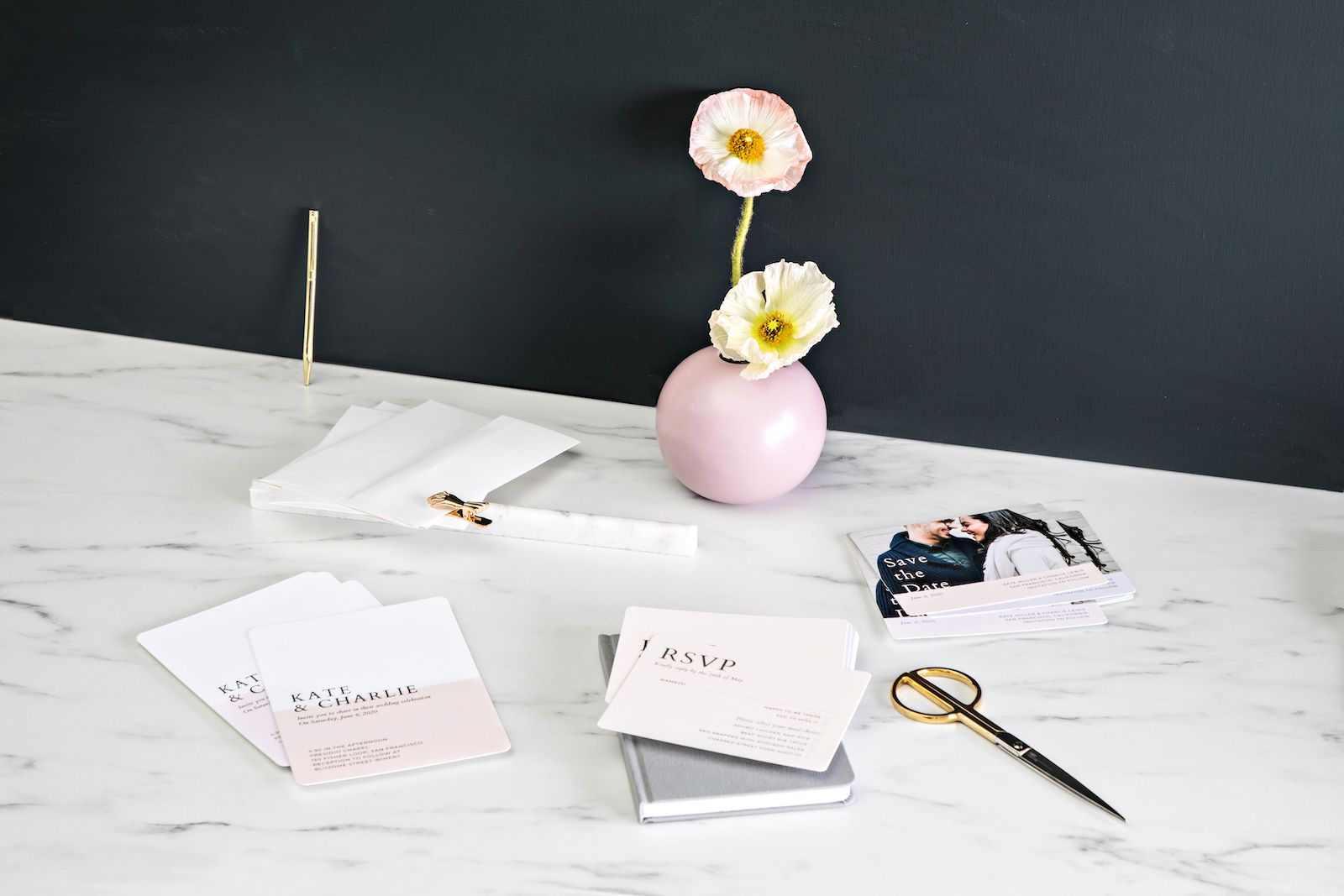Beginners Guide to Cutting Boards
Cutting boards are essential tools in any kitchen. While they might seem like one of the less exciting items to add to your wedding registry, getting the right ones can make a world of difference in how you prep and serve meals. Keep reading this edition of our Beginner’s Guide registry series to learn more.
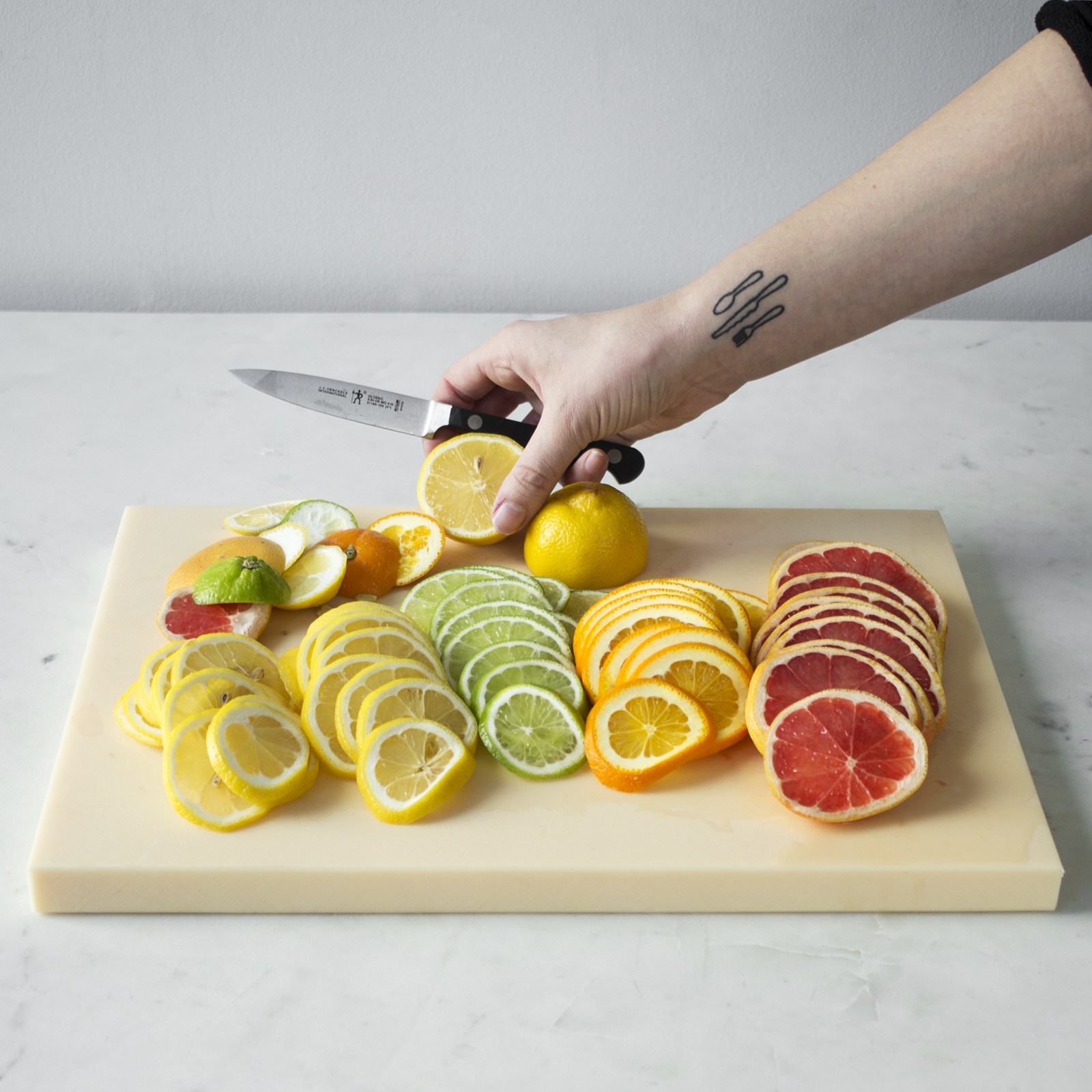
As you begin to think about the home you’ll be returning to (and building) with your new spouse after your wedding, there are certain categories of housewares that you’ll probably want to understand a bit better. In our Beginner’s Guide series, we’ll walk you category by category through all the essentials that make for a happy and functional home. From wine glasses to suitcases, we’ll provide all the definitions, distinctions, and criteria you need to know in order to make educated registry decisions.
Cutting boards are essential tools in any kitchen. While they might seem like one of the less exciting items to add to your wedding Registry, getting the right ones can make a world of difference in how you prep and serve meals. Keep reading this edition of our Beginner’s Guide registry series to learn more.
What Is a Cutting Board?
Cutting boards are durable planks designed for preparing food. They are most commonly used as cutting, dicing, and chopping surfaces, but can double as serving trays, kitchen décor, or placemats for hot pots or pans.
Do I Need Cutting Boards?
If you do any home cooking or enjoy hosting, you will need a cutting board. They will protect your countertop from unwanted bacteria and destructive knife marks, as well as provide you with the perfect accessory on which to serve foods that are best cut at the table, such as bread, meat, and cheese.
Which Size Cutting Board Is Right for Me?
When it comes to cutting boards, size should be dependent on your kitchen space. Of course, chopping tasks are easier when you have more room to work, and being able to push scraps and freshly cut ingredients to the side while still having space to work is helpful. Bottom line, however, your board has to fit on your counter. Choose smaller boards for quick projects, like slicing lemons or limes for drinks or chopping fruit for breakfast. Choose a larger board for carving meats or bigger projects, like chopping lots of different vegetables for soup.
What Material Cutting Board Is Right for Me?
When choosing a cutting board material, it is important to keep a few things in mind: you want a cutting surface that won’t trap or breed any bacteria, is easy to clean, and will not dull your knife. Here is a look at the three main types of cutting board materials:
1. Plastic
Plastic boards are the most inexpensive option. They are lightweight and, because they are dishwasher safe, they are easy to clean. However, these boards are not as chic as other cutting boards. Knives also tend to leave larger impressions in plastic, which means your boards can look worn easily and provide more places for bacteria to get trapped.
2. Wood
Wooden boards are a favorite for many Zola couples. These are traditional cutting boards, typically made of maple hardwoods or bamboo. They look attractive in any kitchen and can be kept out as décor, double as cheese boards, and even serve as protective placemats for hot serving dishes. Your knives will stay sharper for longer when paired with wooden boards since the material is softer and more forgiving. However, these tend to be slightly more expensive, are not dishwasher safe, and can warp or crack if you do not oil them periodically.
3. Composite or Rubber
If you’re looking for something that’s durable and easy to clean, synthetic cutting boards are the right fit for you. These can be made from many different types of materials and hold up to knives, dishwashers, and meat and fruit juices. They are also nonporous and known for keeping bacteria at bay. Rubber boards are softer on knives, while composite boards (made from woodfiber laminate) can dull blades.
How Many Cutting Boards Should I Register for?
It’s helpful to have more than one cutting board. While making a meal you might have multiple ingredients that require chopping, and cleaning the board between each one can be time-consuming and impractical. It’s also a good idea to have one board for meat and another for vegetables. This protects against cross-contamination and will prevent you from spreading unwanted bacteria.
When picking out cutting boards, think about how you cook and what types of ingredients you use. Choose at least one larger and one smaller board for versatility, and choose a different cutting board for raw meat and ready-to-eat foods.

